País, Chile’s underestimated asset
When asking about Chile’s signature grape variety, it is safe to assume that most people will immediately think of Carménère. Indeed, a lot of efforts have been deployed to promote it since its (re)discovery by Pr. Jean-Michel Boursiquot in 1994, and the relatively easiness to transform it into a very quaffable, unctuous, easy-to-appreciate red wine has further helped it to gain recognition on both the domestic and international markets within a very short time. However, there is another grape variety which might rightfully claim the conspicuous title of “National flagship” grape variety: País.
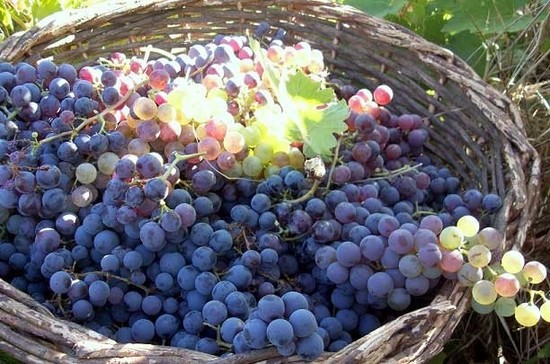
Not only is this variety quite unique to Chile (the country has by far the world’s largest planted area), but it has also been grown there since the very beginning of the Chilean wine industry, and it has never been a “niche” in terms of production quantities. Still, its image as a bulk wine workhorse led the Chileans to cautiously hide it from the public’s view, a bit like a deformed child during Joseph Merrick times, or at least to carefully erase its name from containers filled with it. But times are changing…
History
When the conquistadores reached the Southern part of the American continent in the 16th Century, they found out that there wasn’t any indigenous grape variety which could have been turned into some kind of wine, and the only alternative to drinking the oxidized fermented grape juice shipped from Spain was to cultivate their own vineyards and to make their own alcohol. On September 4th 1545, the first Royal Governor of Chile, Don Pedro de Valdivia, wrote a letter to the King of Spain Charles X for “vines and wines to evangelise Chile” (September 4th has since then become the official “Chile’s National Wine Day”). Following this letter, the first cuttings were planted in the mid 1550s, and it is very likely that the first batch included the Viña del País (“The vine from the country”), on top of some Muscat of Alexandria.
However, according to historians, the variety wasn’t directly imported from Spain (where it is known as Listán Prieto), but more likely from neighboring Peru where it was introduced a few decades earlier. From there, it spread to Argentina under the name Criolla Chica and to California under the name Mission. Nowadays, these two countries do not have much left: about 200 hectares of Criolla Chica in Argentina and 400 ha of Mission in California, compared to more than 9,000 ha of País in Chile!
The Revival
The main reason why País was so ardently embraced across the American continent was because of its ability to adapt to any growing environment, its resistance against the major diseases, its low water needs and the enormous crops it can yield. These qualities made it the safest bet for anyone looking to produce a substantial amount of drinkable grape alcohol at minimum costs.
Its pariah status in the highly hierarchical world of wine grapes wouldn’t have changed if a bunch of young, open-minded, gutsy winemakers hadn’t bet on its qualitative potential.
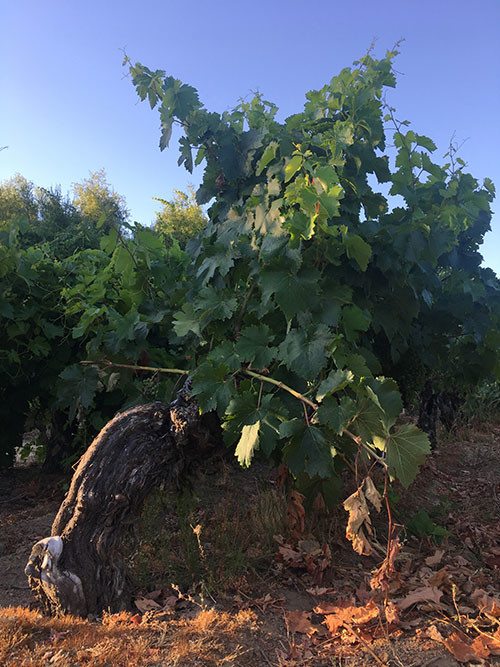
One of the first one to have believed in the potential of País to make high quality red wines was Louis-Antoine Luyt, a young French vigneron whose curiosity got aroused by the very old, dry-farmed bush vines he saw in the Maule and Itata regions. When locals explained that these vines were only good to make two-bit jug wine, his innate French contradictory nature pushed him to prove them wrong. He made his first wine out of País grapes in 2007 and quickly received praises from wine media and professionals, encouraging other young Chilean winemakers to follow his path.
In the vineyard
Roberto Henriquez, owner of the eponymous winery and a highly respected producer of País, explains that the grape is now predominantly found in the “Secano Costero” region, from Casablanca to Bio-Bio, mainly cultivated by small farmers who have inherited very old vineyards from the first Spanish settlers. According to Luyt, the “hot spot” for País is Cauquenes, in the Maule region, although very old and high-quality vines are also found in several other regions such as Portezuelo and San Nicola in Itata or Yumbel in Bio-Bio.
According to both Henriquez and Luyt, some of the oldest vineyards might well have been planted 300 to 400 years ago, making them potentially the oldest commercial vineyards in the world! This incredible longevity is due to the very “rustic” character of País which shows a very good resistance to diseases and its ability to grow very deep roots, allowing it to grow healthily without the need for irrigation.
Actually, irrigation should be avoided as País is a vigorous variety, and it should therefore be planted on well-drained slopes and preferably be over 50 years old to restrain its luscious vegetative growth, explains Cristian Carrasco, winemaker at Torres Chile. But both Henriquez and Carrasco point out that the main challenge in the vineyard is to manage to retain its acidity which falls down very quickly. Picking time is therefore key here, normally occurring during the first and second week of April in Maule, between Cabernet Sauvignon and Carménère.
Bouchon, a well-respected winery located in Mingre in the Maule region, produces a lovely País Salvaje from wild vines growing up the trees of a little wood close by a century-old vineyard. Winemaker Christian Sepúlveda explains that the great thing with this variety is that there is almost nothing to do in the vineyard except harvesting the grapes!
In the cellar
According to Carrasco, who wrote a PhD thesis on the variety, País’ challenges are more in the cellar rather than in the vineyard: País has short-chain tannins, and although these aren’t present in huge quantities, these short chains produce a rustic, rough mouthfeel. When coupled with the lack of intense sweet fruit, these make the wine difficult to appreciate by consumers not familiar with the style. To reduce the influence of these tannins, Carrasco explains that techniques such as carbonic maceration, running off the juice before the end of fermentation or discarding the press wine are common practices.
In the glass
So, what does País taste like? The wines are always pale in colour and marked by these rustic, edgy tannins. From an aromatic perspective, I love Luyt’s analogy: “Bio Bio produces the freshest examples reminiscent of Loire Valley’s Pineau d’Aunis; Itata’s style is more in line with Gamay, while the wines coming from Maule are more redolent of cool climate Syrah. But all of them tend to display a smoky and white pepper character.”
The challenges
País offers a unique alternative to the more market-driven, fruity and opulent Cabernet Sauvignon, Merlot and Carménère. I don’t think its rustic style will ever be appreciated by the mass-market. Nonetheless, I think there is a real potential among the niche of advanced wine consumers. As Carrasco rightly points out: “ten years ago, nobody would have dare to present a wine of País at a wine fair but things are now changing: people are starting to speak about it”.
Louis-Antoine Luyt also points out three critical challenges. The first one is the very low price of País grapes: about 0.30 USD to 0.35 USD / kg (2 to 2.5 RMB per kilogram), which doesn’t really encourage young generations of winegrowers to spend too much time on it. The second challenge is the poor demand within the domestic market; País still suffers from a cheap wine image, and it will need time and on-going efforts to make this deeply-anchored stereotype disappear. The third issue is the pressure of the forest industry, especially eucalyptus and pine trees which are replacing native forests, drastically changing the Chilean ecosystem.
I love País. Not that it produces wines of outstanding quality, but because of the diversity it brings to the Chilean wine landscape. I love this country, but I find that Chilean producers have been relying for way too long on only two or three white varieties and half a dozen red varieties. I think the country really needs to start diversifying its offer. Having large quantities of a grape variety which is rather insignificant in other parts of the world is a unique asset worth exploring further!
Translated by Sylvia Wu / 吴嘉溦
All rights reserved by Future plc. No part of this publication may be reproduced, distributed or transmitted in any form or by any means without the prior written permission of Decanter.
Only Official Media Partners (see About us) of DecanterChina.com may republish part of the content from the site without prior permission under strict Terms & Conditions. Contact china@decanter.com to learn about how to become an Official Media Partner of DecanterChina.com.

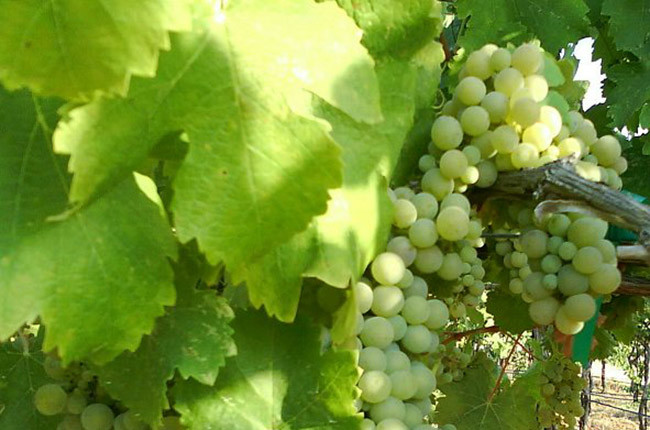
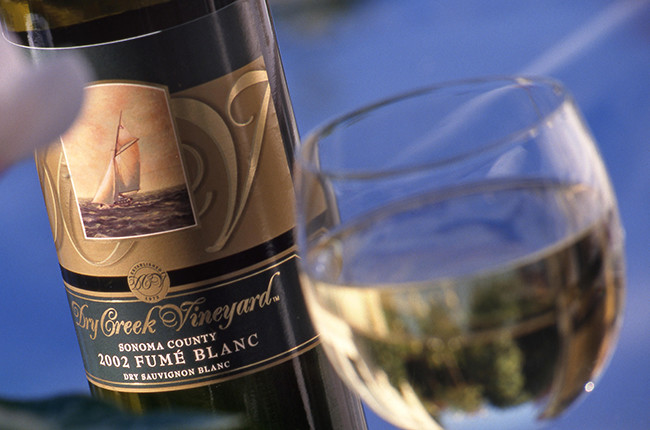
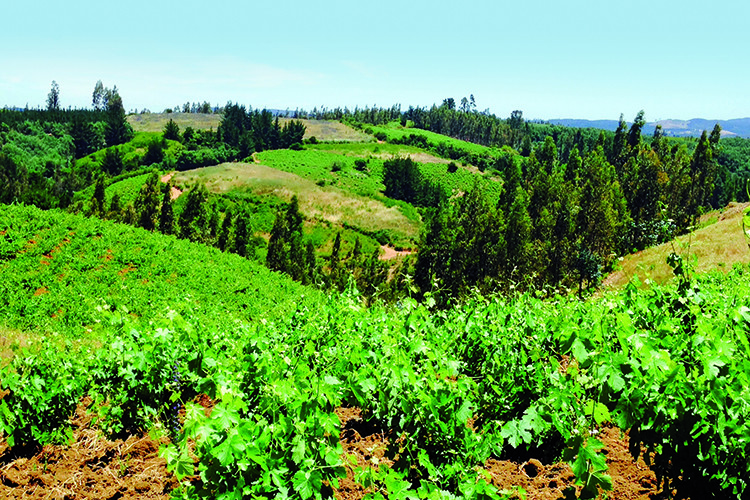
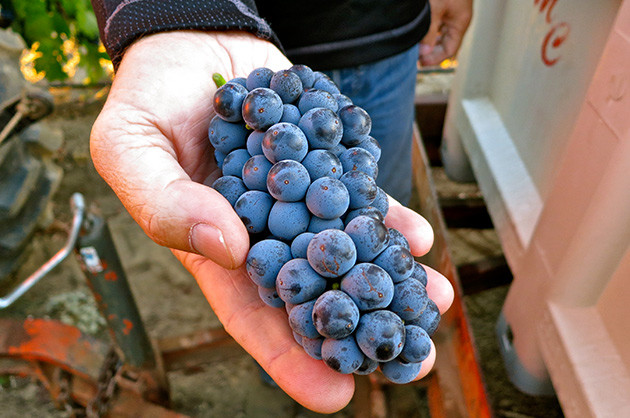

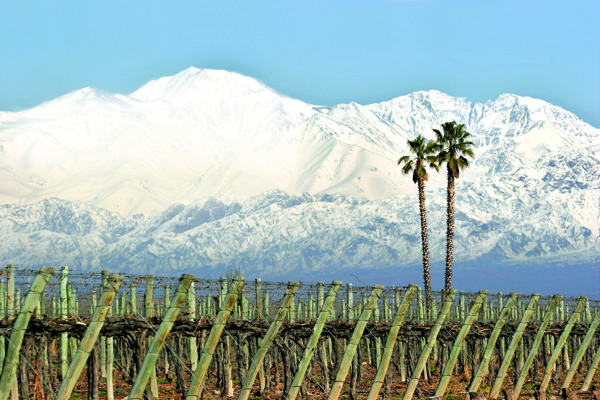
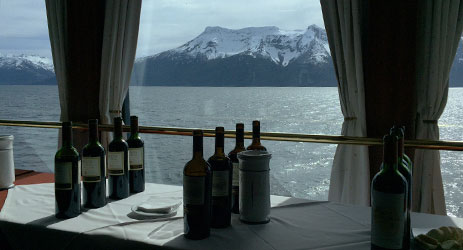
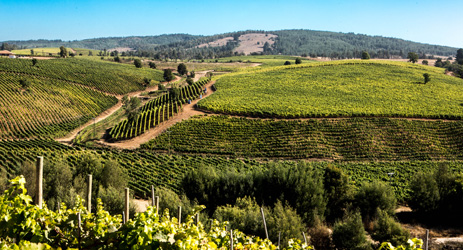
Comments
Submit